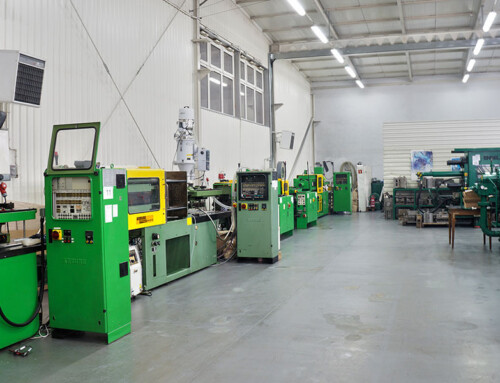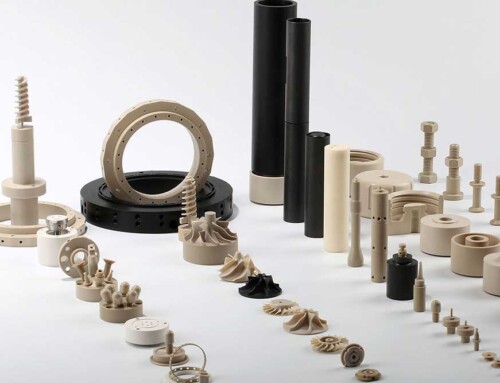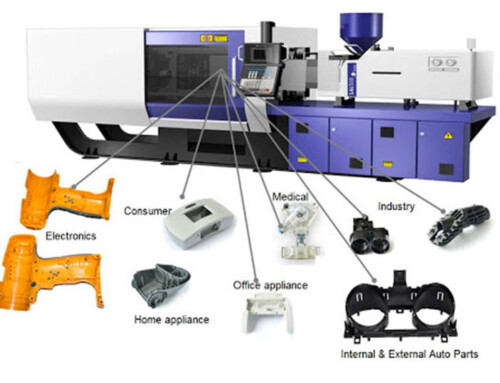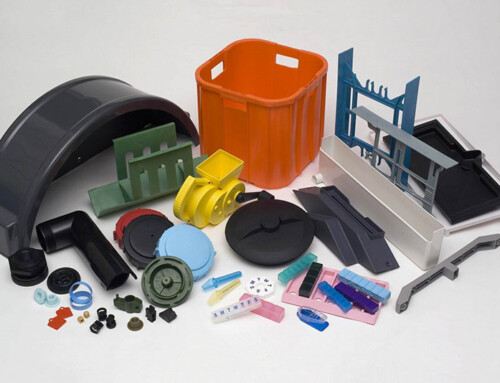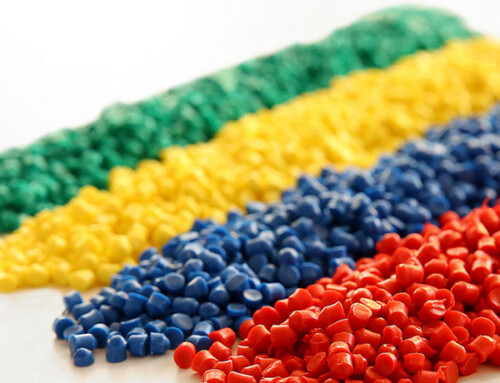At Holly, we will help our customers to make the suit and good plastic injection mold and make the quality plastic parts. Whether it is a new drawing or a ready-made sample we have the ability to achieve your unique ideas
And to assure make the most suitable product, we will ask different questions and your requirements for it.
- Where is it will be used? What is the use of it?
- Is it the outer part or the inner part?
- Is it need to be food-grade or medical-grade material?
- What is the estimated total amount for the project?
- How is the surface you need?
Synthesizing all these factors and take into consideration, and determine the mold material, mold life, gate type or placement, surface treatment, product material, etc. It is complex and skilled workers to make a good mold and suitable plastic product.
1. Holly Plastic Rapid Prototyping Service
The following methods are used by Holly plastics to provide rapid prototyping services to our customers.
#1 3D Printing
This method of rapid prototyping creates a 3D part from a CAD model, by splitting the CAD model up into many layers and printing each layer of the part on top of one another in the printing machine. There are different types of 3D printing methods such as Selective Laser Sintering (SLS) and Stereolithography (SLA). These work in a similar way, however, SLS uses a powder that is sintered together by a laser to form solid layers, whereas SLA uses a bath of photo-cure resin that is cured by a laser. Each layer is formed by the laser solidifying the resin in the bath.
Both methods offer their advantages, for example, SLA can produce very fine features that give great detail, whereas SLS can produce parts out of materials that have similar properties to the end plastic material that the parts will ultimately be made from (glass-filled sintered powders/parts are available for example).
#2 CNC Machining
CNC (Computer Numerically Controlled) machining is a technique whereby parts can be produced from a CAD file by a machine that cuts out apart from solid blocks of material.
This method is more traditional and usually costs more due to the wastage of material that is discarded as it is removed from the original block. CNC machined parts however can be made from almost any material (not just plastics) and have the advantage of being made from real plastics such as nylon or polycarbonate. This process also is very accurate, allowing fine tolerances to be checked on parts.
#3 Silicone Molding
Another method of producing rapid prototypes is the silicon mold. This process involves making a soft mold from a silicon rubber material, which is then used to make parts out of a castable resin. It is a bit like sand casting for plastics. The process starts with a pattern of the part to be produced. The pattern can either be a 3D printed part or a part made by another method such as CNC machining.
The part is suspended in a container that is large enough, and the silicone resin is poured in until the part is completely covered. Vents are added to the pattern (vertical protrusions that will form holes in the mold to allow material in and air out) and the silicon is then allowed to cure and harden.
The silicon is fairly soft when it is fully cured, which allows the pattern to be cut out of the mold, leaving a cavity inside. The castable resin is then selected for the part and then poured into the mold. Once this has set, the mold is opened and the part removed, trimmed, and cleaned.
The advantage of this manufacturing method is that there are many different types of castable resins that are available to replicate the final part properties, rubber-type materials for example can also be cast.
The silicon mold can be reused multiple times before it has to be replaced, which makes this method versatile for customers who need to make many prototype units. This is a particularly useful and cost-effective way to produce a number of prototypes (for numerous testing purposes for example) as the silicon molds are cheap.
2. Steps to Get an Offer
At Holly Plastics, we are dedicated to making your product dreams become a reality. Here we will detail the basic steps we go through with our clients, so they can bring their design ideas to life through plastic injection molding.
#1. Initial Quotation
Holly plastics will take your part drawings and models and provide a solid competitive quotation for toolmaking and molding of your part. This will involve looking at your desired part material, expected annual part production runs, and project timescales.
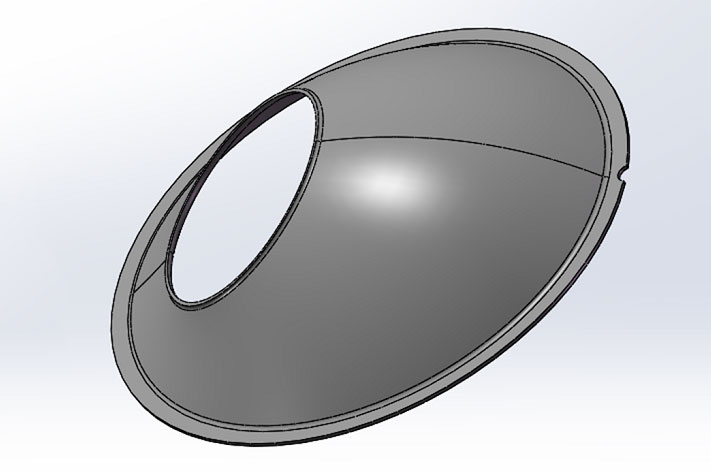
2. Design for Manufacture
We provide support to our clients the entire way through the process. We perform a DFM analysis of our client’s parts and work with them to solve any potential issues before the part goes to manufacture. This is to ensure our clients will have the best-manufactured parts from using our service. We can also offer a Moldflow analysis to be performed to give a greater understanding of how parts will be manufactured.
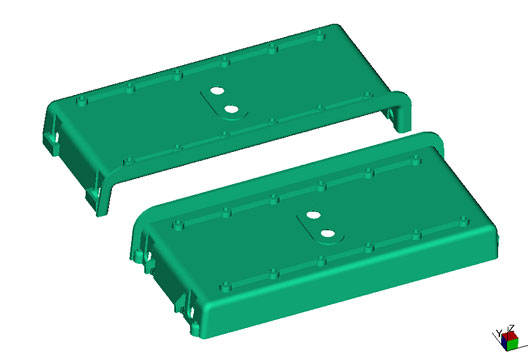
3. Tool Design
When all parties are satisfied that the part is ready for manufacture, we will begin tool design. This process can take a week or two. We have experienced tool designers ready to produce tools that will ensure the client’s part requirements are met.
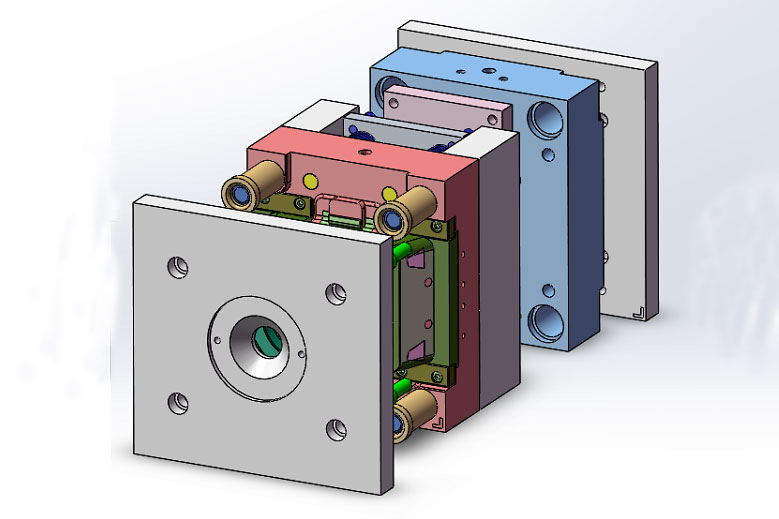
#4. Tool Making
Holly plastics has extensive tool manufacturing facilities. We ensure our client’s tools are made in as short a time frame as possible. As the tool build progresses we will keep you updated with progress as often as we can. Tools are made using the best materials available to ensure the long life of the mold as per customer requirements.
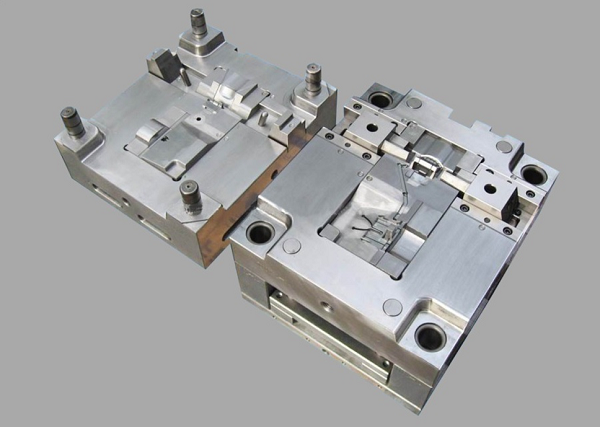
#5. Part Trials & Production
Once we have built your tool, we will run it in one of our injection molding machines to produce the first parts. Sample parts will be sent to the customer for review. There may be modifications to the tool/part design at this stage, to fine-tune the parts to the customer’s requirements. We are committed to making this process as easy as possible in order to get your production up and running
Once the customer has approved, we will then run production batches of your plastic parts to your quantity requirements.
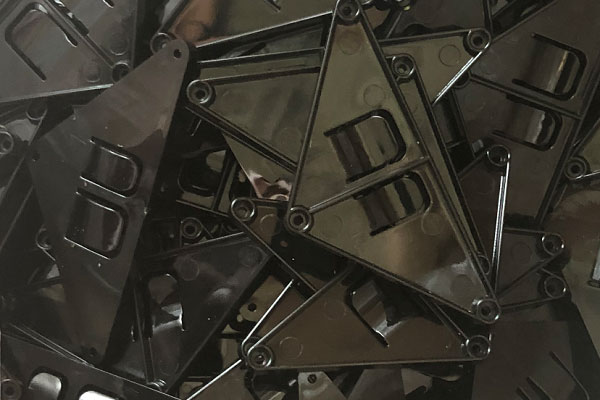
If you have a new project which will need plastic injection molding parts, welcome to contact with us, we are glad to service for you.




